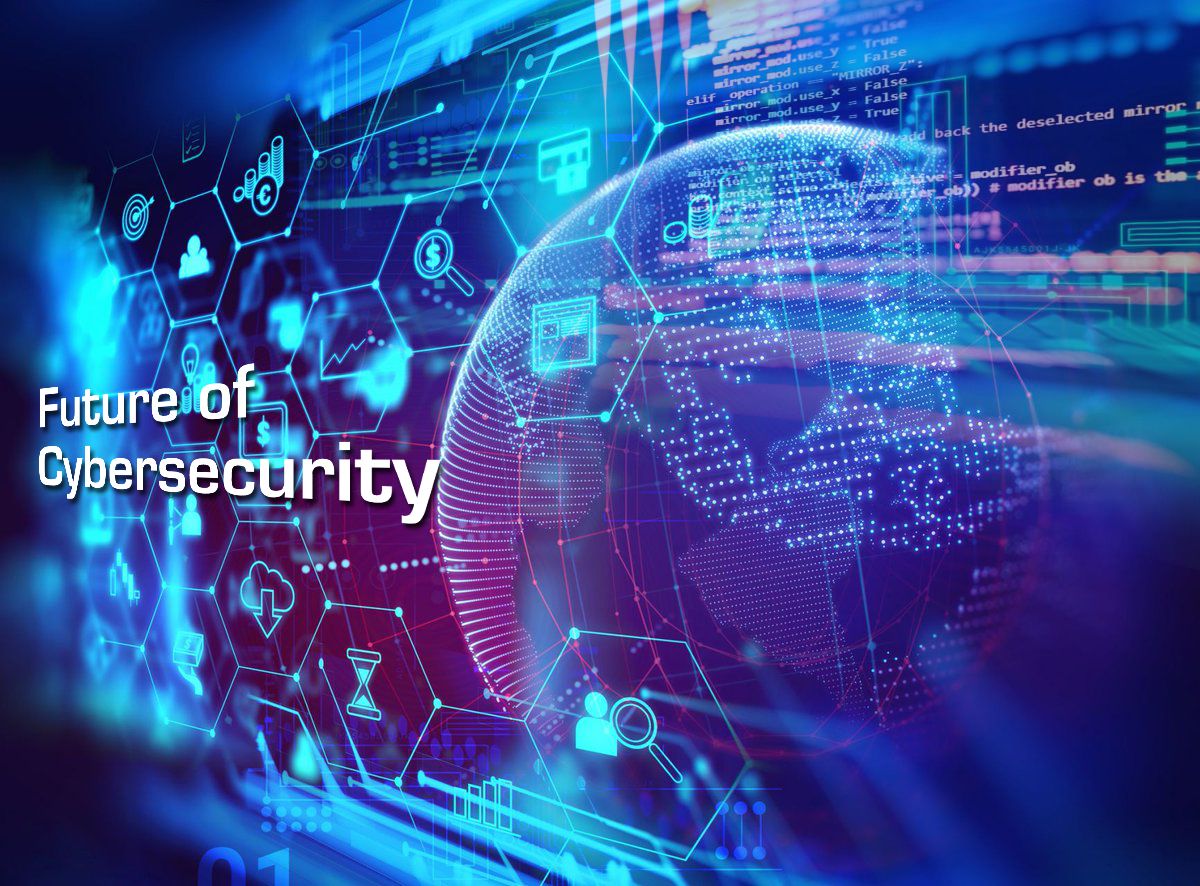FUTURE OF TECHNOLOGY: Cybersecurity in the Next Decades
The future of cybersecurity is closely related to and firmly connected to the future of information technology and the advancements of the cyberspace. It is clear that the role of cybersecurity will contribute huge impact in our personal and business lives.
Today, most of our critical systems are interconnected with digital infrastructure and driven by networks of computers. Framework that supports a system in computing, processing and analyzing the flow and storage of data. The way IT infrastructures are created is continually changing and evolving and requires enormous integration, optimization and systems management efforts.
IN THE FUTURE, THIS CONNECTION WILL BE EVEN MORE RIGID AND TIGHT.
Everything will be automated and our personal lives will be reliant on virtual assistants, and IoT connected devices will be part of almost everyday function of our lives. With the integration of blockchain technology, connected cars will make our daily commute easier, and virtually all of our personal data will reside in cloud computing and data storage. The complexity and connectivity of these systems directly impacts high level of vulnerability.
In the coming decades, organizations will continue to develop cyber-attack technologies. Both for defense and for offense. Nation will continue to finance groups and institutions against cyber-attacks, financially driven criminal groups, hacktivist and terrorist groups – who, evidently using their technical skills to demonstrate and convey their message in the cyber ecosystem. In cyber space anyone could be an enemy, we do not know who our potential adversaries are.
We are all vulnerable from cyber attacks in every corner of the globe, and it was already demonstrated that any attacker can have access to our system that don’t require the infrastructure which many of cyber-attacks are run automatically by ‘bots’. We are all vulnerable! Bots run automatically that scan the entire network and find the weakest spot. Human capacity is not enough, regardless of his technical capabilities, will not be able to cope with all this adversaries and will rely more on artificial intelligence. Hackers now know the real monetary value of personal data and know how to get access to it. The increasing depth and volume of personal and corporate data make it a more rewarding target for cyber crooks and state-sponsored espionage or sabotage.
THE WORLD WILL RUN LARGELY IN CLOUD TECHNOLOGIES BY NEXT DECADE.
In 2018, we live in a digital world still primarily run off of individual hard drives and solid-state servers. The future of cloud computing will be as powerful and expansive as it foretell to be. No matter where you are in the world, or what device you are using, you can access their data in the cloud and continue to do your work and share your information.
THE RISE OF SERVERLESS COMPUTING
The serverless architecture is the future of application architecture, and all the main cloud providers have recognized this fact that is why every cloud provider have started releasing their version of Function as a Service (FaaS) offering. Since serverless architecture is a new trend, therefore, there is no standard industry-wide accepted definition of serverless architecture. The serverless architecture only uses cloud-based functional services and not the servers directly. The serverless is surely the future of application architecture but the serverless concept is still very new and evolving.
CYBER SECURITY DEFENSE SYSTEM
New professions and domain expertise will be formed that will have a bigger role in protecting large scale infrastructure environment. We can have the most secure data center, we will see systems that are smarter, sophisticated, able to handle large amounts of data, systems that can update themselves rapidly, that can take decisions in real time and that connect to shared-intelligence centers that will keep us guarded.
Most organizations by this point will have implemented auditing and monitoring solutions to strengthen data protection. As the cloud environment is more widely adopted, it becomes more of a target for security attacks. Many organisations are likely to move away from traditional prevention models into protection-based security models. Ransomware is always going to exist, however in coming years, people will become more security savvy.



